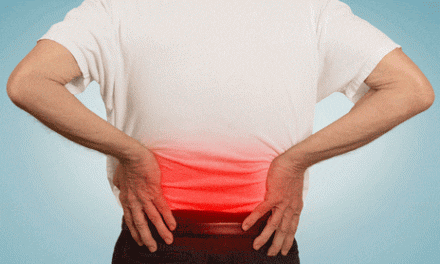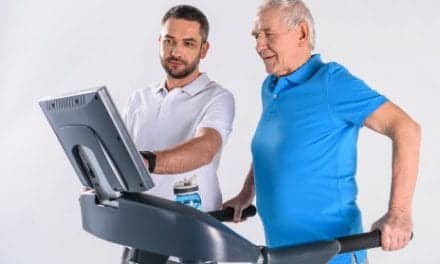Two teams of researchers from Hospital for Special Surgery (HSS) have been awarded grants by the NBA and GE Healthcare Orthopedics and Sports Medicine Collaboration to study stress fractures among NBA players and everyday athletes.
A led by Brett Toresdahl, MD, primary care sports medicine physician at HSS, received a grant of nearly $300,000 to investigate the use of ultrasound imaging to monitor healing and guide readiness of return to play in athletes with bone stress injuries.
A second team, led by Martin O’Malley, MD, foot and ankle surgeon at HSS, received $100,000 in grant funds to assess risk factors and intervention strategies for fifth metatarsal stress fractures, reportedly the most common type of stress fractures for basketball players, according to a media release from Hospital for Special Surgery.
Toresdahl’s team is recruiting adults between the ages of 18 and 50 years who have a bone stress injury in the lower leg or foot as the result of sport or exercise and diagnosed by MRI.
Participants will receive standard treatment of rest and crutches, splint and/or walking boot. An ultrasound will be performed every 2 weeks for 12 weeks at the injury site. Simultaneously, patients will be tracking their pain, activity, and return to activity. A radiologist will grade the amount and appearance of bony callus formation, and then a repeat MRI will be performed at 12 weeks, per the release.
“Our findings could provide doctors with a new way to guide athletes to safely return to play after a bone stress injury with a minimal risk of re-injury,” Toresdahl states.
O’Malley’s research will utilize data from the screening of collegiate and professional basketball players to identify factors of foot structure that are common in those who sustained a fifth metatarsal injury. The investigators will employ a specialized robotic device that will stimulate walking and jumping in cadavers to find features that increase the mechanical burden on this bone.
Testing will also be done to assess the ability of intervention strategies to reduce this mechanical burden and thus, the risk of injury, the release explains.
“We hope to gain objective biomechanical evidence that will rationalize intervention strategies such as orthotic devices and targeted muscle activation in order to reduce risk of injury and re-injury,” O’Malley says in the release.
[Source(s): Hospital for Special Surgery, PR Newswire]





